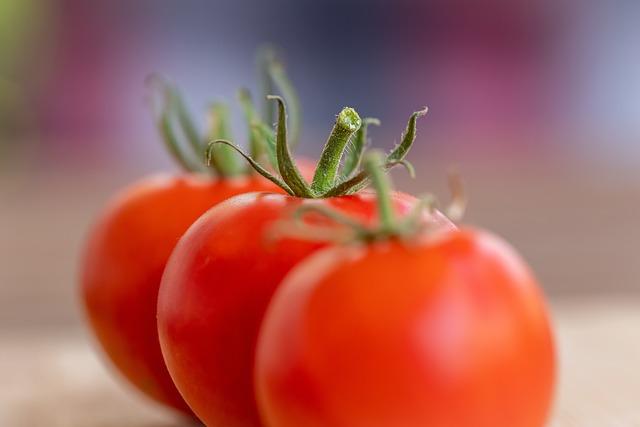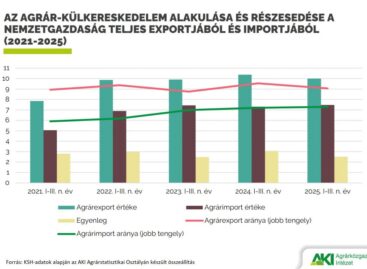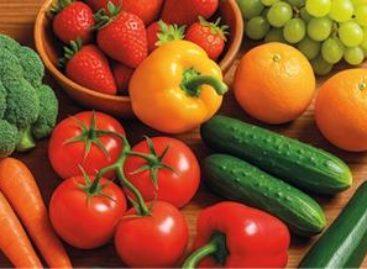A lot of imported tomatoes arrive to Hungary
About 20,000 tons of tomatoes arrive in Hungary from abroad every year, especially in the period between October and March. Based on the information from FruitVeB, the Agricultural Sector highlighted that our country mainly imports from Spain in winter, however, the amount of tomatoes coming from Turkey and Bulgaria has also increased recently.
 In addition, since 2018, Hungary has been exporting more and more tomatoes, especially to Romania. At the same time, Hungarian producers are not in an easy situation, as the shortage of labor and the continuous rise in wages are a serious challenge in the sector.
In addition, since 2018, Hungary has been exporting more and more tomatoes, especially to Romania. At the same time, Hungarian producers are not in an easy situation, as the shortage of labor and the continuous rise in wages are a serious challenge in the sector.
At the AgroFood 2024 conference, the situation of the domestic food industry will be discussed in detail. By 2023, the cultivated area of cultivated tomatoes has increased to around 350 hectares, and a modernization process has begun with the construction of newly built greenhouses and thermal wells. With the gradual expansion of the area, further growth is expected in the near future. The majority of fresh-market tomatoes are grown at home, while industrial tomatoes are processed.
Related news
Agricultural foreign trade surplus decreased in the first three quarters of 2025
🎧 Hallgasd a cikket: Lejátszás Szünet Folytatás Leállítás Nyelv: Auto…
Read more >The fruit and vegetable sector needs improvement
🎧 Hallgasd a cikket: Lejátszás Szünet Folytatás Leállítás Nyelv: Auto…
Read more >Tomatoes that stay fresh for two months? Indian innovation could open a new chapter for smallholder farmers
🎧 Hallgasd a cikket: Lejátszás Szünet Folytatás Leállítás Nyelv: Auto…
Read more >Related news
Fidelity Kitekintés 2026: Ne becsüljük alá az inflációt!
🎧 Hallgasd a cikket: Lejátszás Szünet Folytatás Leállítás Nyelv: Auto…
Read more >Company Trend 2025 – domestic businesses under strong pressure, in a negative trend
🎧 Hallgasd a cikket: Lejátszás Szünet Folytatás Leállítás Nyelv: Auto…
Read more >Surprising ordering statistics: foodora sampled the ordering habits of Hungarians in 2025
🎧 Hallgasd a cikket: Lejátszás Szünet Folytatás Leállítás Nyelv: Auto…
Read more >







